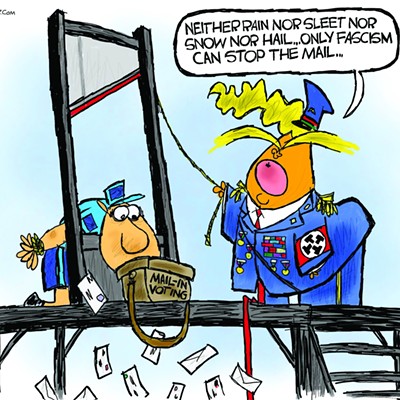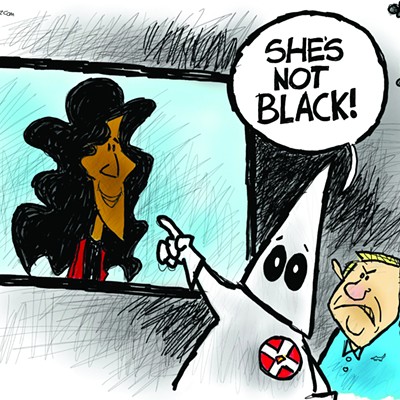Yes, early voting is already upon us. And this year, some races will be all but over once the primary dust settles: the race between Democrats Richard Elias and Frank Felix to replace Raúl Grijalva on the Pima County Board of Supervisors, or the contest in Congressional District 7, where eight Democrats are vying for a new seat in the U.S. House of Representatives, or just about all of the local legislative races, where the new district lines are just as lopsided, if not more so, than they were in the '90s.
Early ballot efforts have become crucial to campaigns. "You're doomed without one," says one local political strategist who helped hunt for early votes for Fred Ronstadt and Kathleen Dunbar in last year's Tucson City Council elections. The Republican duo lost on Election Day, but they both won their races when they swept the early vote by a 2-to-1 margin. Nearly 40 percent of the voters in that election cast early ballots.
Candidates continue to become increasingly sophisticated with early voting campaigns. The best trick: mail a card to voters asking them to request an early ballot through your campaign, hang onto the returned cards until you have a mailer set to hit all of them, and then deliver the cards to the county officials. As the ballots are sent out, your propaganda arrives in the mailbox and your phone bank swings into action, calling the voters to remind them that you're the only qualified candidate for the job.
At the same time, savvy campaigners track daily lists of early ballot requests, so once an early ballot goes out in the mail, a propaganda stampede follows.
Early voting has been on the rise since the early 1990s, when the Arizona Legislature made it easier to request an early ballot. In the 1992 general election, about 16 percent of voters cast an early ballot. In 2000, that number had more than doubled to 34 percent.
More people are voting early, but that doesn't mean more people are voting. Despite Pima County's population growth, the number of voters actually declined through the 1990s. The trend reversed in 2000, with 289,193 people voting--only 1,475 more voters than the 287,718 who cast ballots in 1992.
Without a presidential race to capture voters' hearts and minds, the number will likely dip again this year. At stake: most statewide offices, including governor, attorney general and secretary of state; all legislative seats; the aforementioned congressional and county races; and a number of school board and other offices.

















